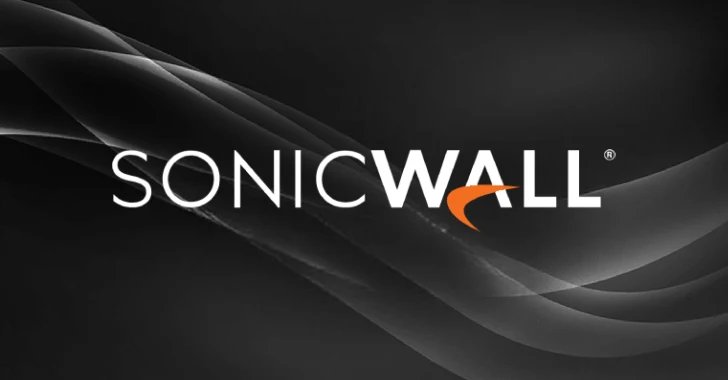Quick Takeaways
-
Emerging Threat: SonicWall is investigating a potential zero-day vulnerability linked to increased Akira ransomware activity targeting Gen 7 firewalls with SSL VPN enabled, noted in late July 2025.
-
Immediate Recommendations: Users of affected SonicWall devices are advised to disable SSL VPN services, limit access to trusted IPs, activate security features, enforce multi-factor authentication, remove unused accounts, and encourage password updates.
-
Attack Patterns: Cyber incidents reveal attackers breaching SonicWall appliances, executing rapid lateral movements, disabling antivirus defenses, and deploying Akira ransomware, with evidence suggesting exploitation of firmware versions 7.2.0-7015 and earlier.
- Security Alerts: The rapid success of these attacks, even against multi-factor authentication setups, indicates an ongoing critical threat and reinforces the urgency for users to follow security best practices until further notice.
Underlying Problem
In early August 2025, SonicWall, a prominent network security vendor, announced its investigation into a potential zero-day vulnerability linked to a surge in Akira ransomware attacks targeting its Gen 7 firewalls. Reports indicated a significant increase in cyber incidents involving these devices, particularly those with SSLVPN enabled, prompting SonicWall to issue recommendations for organizations to enhance their security protocols. This alert was corroborated by Arctic Wolf, which noted a corresponding rise in Akira ransomware activity aimed at exploiting SonicWall’s SSL VPN devices, while Huntress reported on the attackers’ strategic maneuvering towards domain controllers following initial breaches.
The attacks reportedly exploit vulnerabilities in the firmware of TZ and NSa-series SonicWall firewalls, particularly versions 7.2.0-7015 and earlier. Attackers have been observed disabling antivirus protections and erasing system backups prior to deploying ransomware, reflecting a sophisticated understanding of post-exploitation tactics. The precise nature of the vulnerability remains under scrutiny, but the rapid success of these breaches—even against systems employing multi-factor authentication—suggests that a previously unknown exploit is at play. This current crisis underscores a critical and evolving threat landscape for cybersecurity professionals and organizations globally.
Risk Summary
The emergence of a potential zero-day vulnerability in SonicWall Gen 7 firewalls poses profound risks not only to the direct users of these devices but also to the broader ecosystem of businesses and organizations interconnected through shared networks and services. As cyber adversaries exploit this vulnerability, potentially breaching firewalls and pivoting toward critical assets such as domain controllers, the ramifications could cascade across supply chains and collaborative partners. Businesses reliant on these firewalls may experience unauthorized data access, leading to sensitive information leakage, operational disruptions, and severe reputational harm. Moreover, the utilization of robust tools like Akira ransomware in these attacks reinforces the urgent need for proactive cybersecurity measures, as compromised systems can serve as launchpads for further attacks on third parties, thereby amplifying the impact of such vulnerabilities and undermining trust in digital infrastructures. The scenario necessitates decisive action and heightened vigilance across industries to mitigate the extensive fallout that could ensue from these exploitations.
Possible Next Steps
The swift identification and resolution of vulnerabilities is pivotal in safeguarding organizational integrity, especially in light of reported exploits.
Mitigation Steps
- System Patching
- Network Segmentation
- Enhanced Monitoring
- User Awareness Training
- Firewall Configuration
- VPN Access Restrictions
- Incident Response Plan Activation
NIST Guidance
The NIST Cybersecurity Framework (CSF) advocates for proactive risk management. For detailed strategies, refer to NIST Special Publication 800-53, which provides guidelines on safeguarding IT systems against vulnerabilities like those presented by the SonicWall SSL VPN threats.
Explore More Security Insights
Discover cutting-edge developments in Emerging Tech and industry Insights.
Access world-class cyber research and guidance from IEEE.
Disclaimer: The information provided may not always be accurate or up to date. Please do your own research, as the cybersecurity landscape evolves rapidly. Intended for secondary references purposes only.
Cyberattacks-V1

